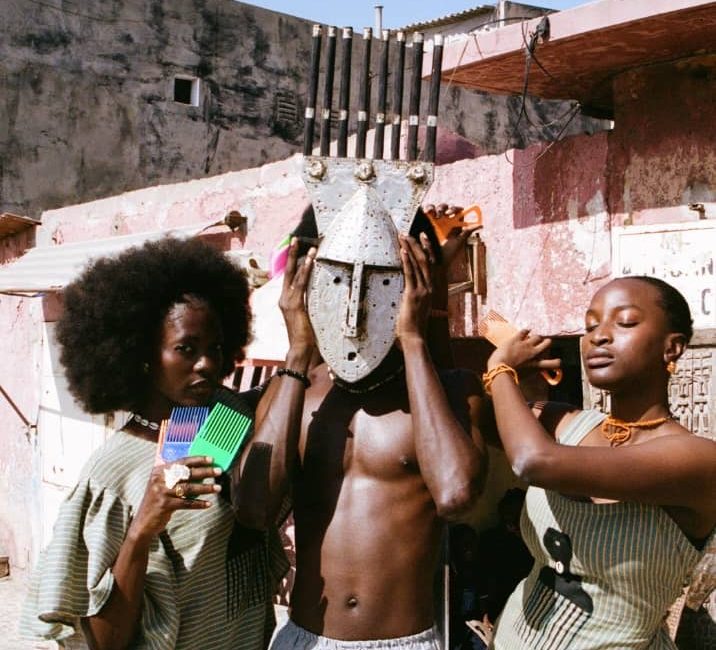
Papa Babacar Gaye Celebrates Collaboration for Modern Heritage Project.
24 year old Senegalese Stylist and Artistic Director, Papa Babacar Gaye has carved a distinct path for himself in the fashion world.. From his unique style of dressing, to customizing pant using paint and how the discovery of artisanal painting led to launching his clothing line.
We discuss his inspiration, creative approach and the monumental Swiss photographer collaboration and how it facilitated bringing to life the Modern Heritage Project .
Can you tell us about your background and how you got into the fashion and artistic direction industry?
I’m Papa Babacar Gaye, founder of the brand paps_wrld, a 24-year-old Senegalese living in Dakar. I’ve always been passionate about fashion, and in my neighborhood, I was considered atypical because I dressed very differently. That’s where it all started. Some people liked my style, others didn’t, but that didn’t stop me.
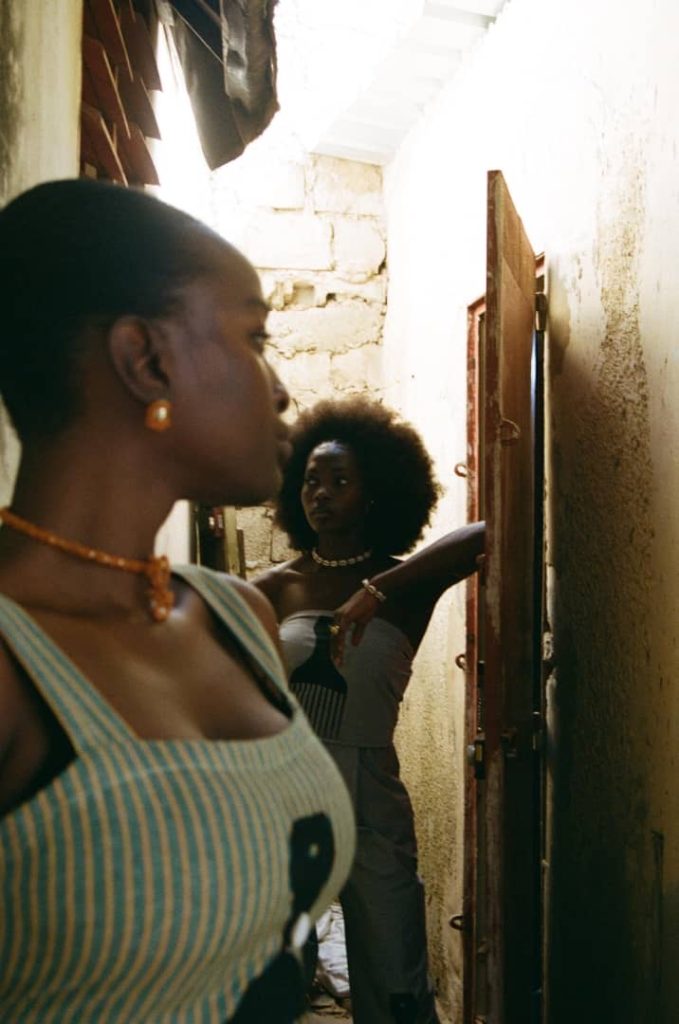
I started customizing pants using paint, and people instantly loved it. They would come to me to place orders. It was at that point that I discovered artisanal screen printing, which allowed me to launch my own clothing brand, paps_wrld, in 2022. My goal with this brand is to contribute to reducing waste in the fashion industry, promote African culture, and especially encourage unity in diversity, particularly in Africa.
As for the artistic direction (AD), at first, I didn’t have the means to have a complete team, so I started managing it solo and continue to do so to this day. It’s this journey, between passion and commitment, that led me to dive into the fashion and artistic direction industry.
What inspires your creative approach to fashion and artistic direction, and how do you stay up-to-date with the latest trends and styles?
My creative approach to fashion and artistic direction is deeply inspired by my African roots, especially the rich culture of West Africa. Traditional patterns and local craftsmanship constantly feed my creativity. I love merging these influences with contemporary styles to create something new, blending heritage with modernity. Sustainability and recycling are also at the heart of my work, as I believe in more ethical and environmentally friendly fashion.
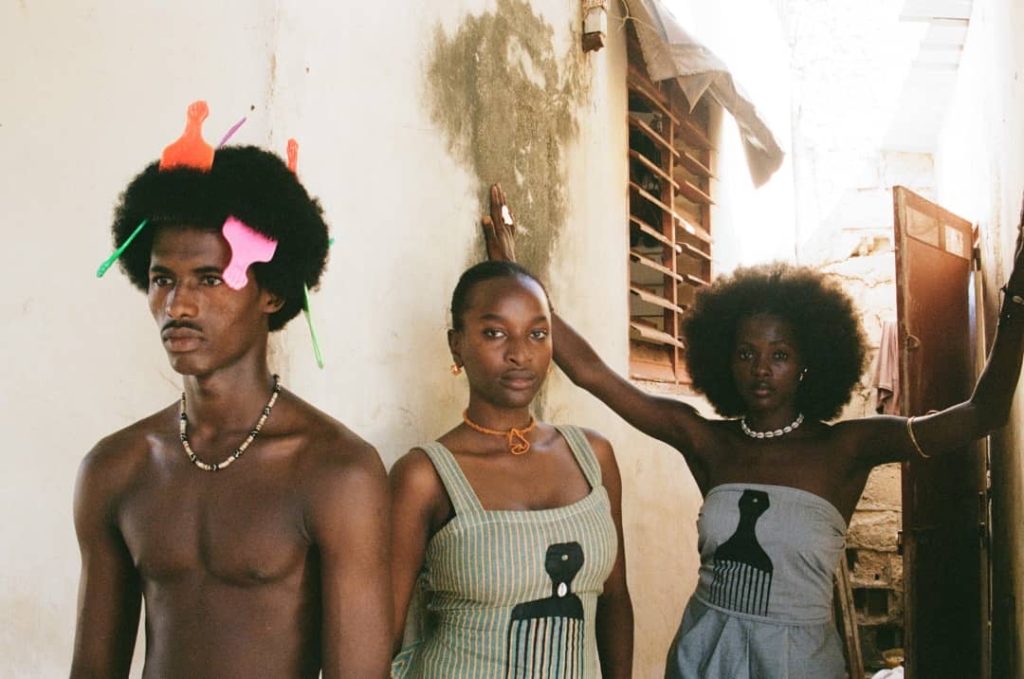
To stay updated with the latest trends and styles, I keep an eye on shifts in the fashion industry through fashion shows, magazines, and social media. However, I don’t just follow trends; I look for ways to adapt them to my vision and reinterpret them through an African perspective. This hybrid approach allows me to create pieces that are both current and rooted in my cultural identity.
What’s your favorite project that you’ve worked on, and what made it stand out to you? Was there a particular theme, concept, or collaboration that made it memorable?
My favorite project is undoubtedly Modern Heritage, which I recently developed. This project stands out for me because it successfully blends elements of African cultural heritage with modern, contemporary touches. The idea of celebrating authenticity and traditions while adapting them to current trends deeply inspired me.
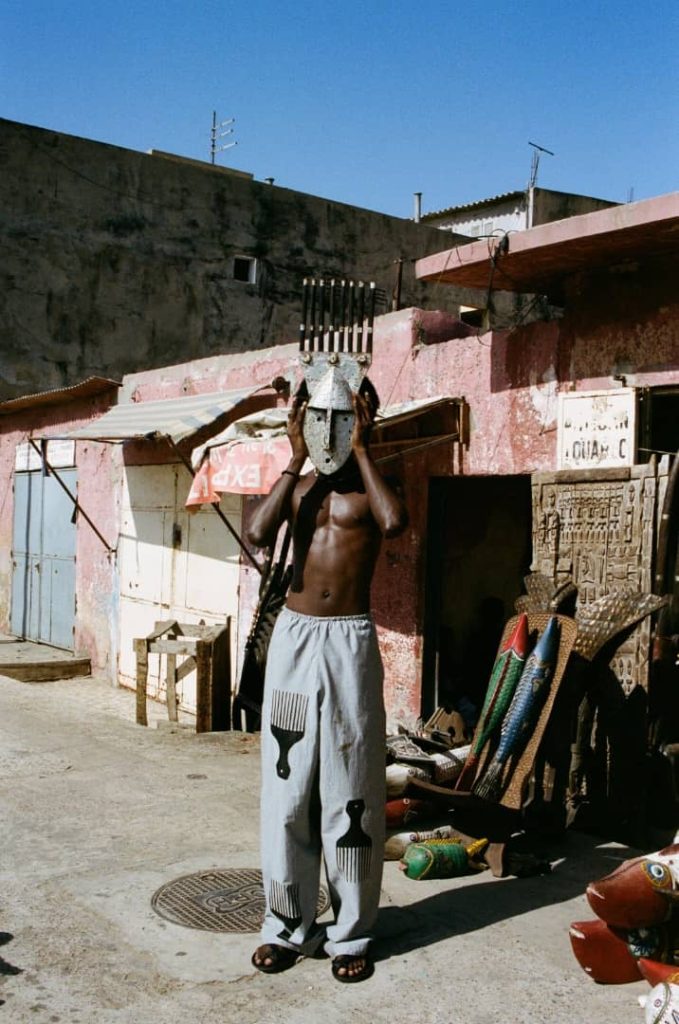
What made this project particularly memorable was the collaboration with a Swiss photographer. Working with her was an exceptional experience, as she brought a unique and international perspective that enriched the project’s aesthetic. Her technical and artistic approach captured the essence of Modern Heritage in a way that was both authentic and innovative. This collaboration added a strong visual dimension, making this project an unforgettable moment for me.
How do you collaborate with photographers to bring your visual projects to life? What’s your process for working with them, and how do you ensure that your vision is translated into the final images?
Collaboration with photographers is an essential step in bringing my visual projects to life. From the start, I make sure to have a clear conversation with the photographer to explain my vision, the concept, and the story I want to tell. I often share mood boards, sketches, or visual references to illustrate the ambiance I want to create. This helps us align on a common artistic direction.

Can you walk us through your creative process when it comes to styling and artistic direction? How do you develop your concepts, and what elements do you consider when creating a visual story?
My creative process in styling and artistic direction always begins with a phase of exploration and research. I draw from my environment, cultural roots, and current trends to fuel my ideas. I then reflect on the message or story I want to tell through the collection or project. It could be a social theme, an African tradition, or a reflection on sustainability. This phase allows me to set a clear direction.
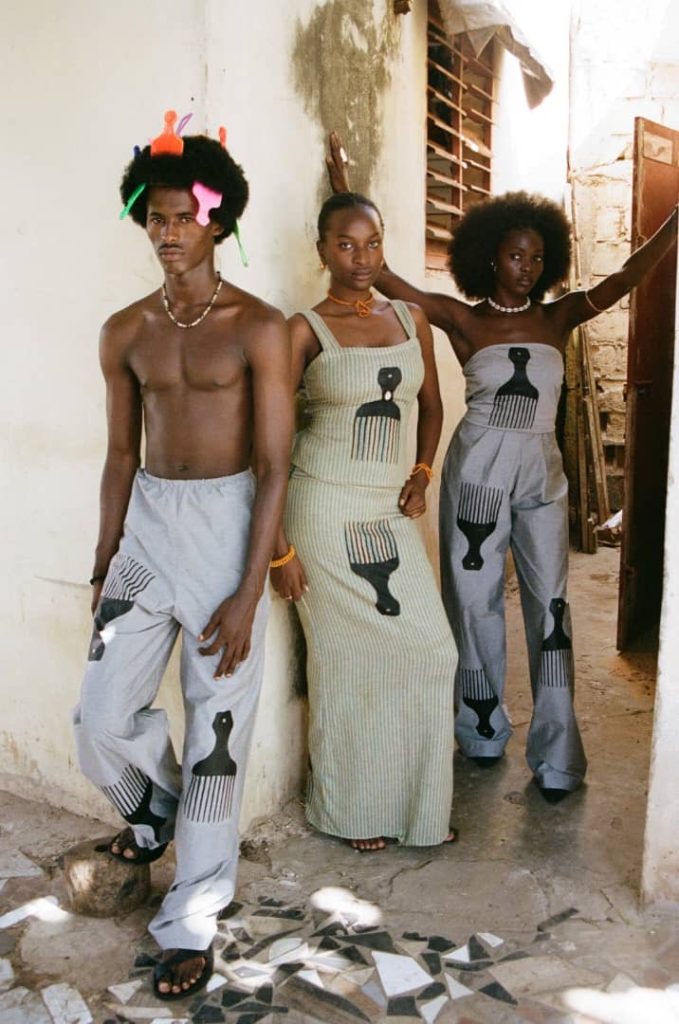
To develop a concept, I take several key elements into account: materials, shapes, colors, and of course, the harmony between all these aspects. For example, I like to use recycled fabrics or traditional African patterns to merge the past with the present in my creations. Artisanal screen printing is also a central element of my work, as it allows me to customize each piece and transform it into a unique artwork.
Then I move on to visualizing the whole. This includes selecting models, decor, and accessories, ensuring everything is coherent with the story I want to tell. Every detail matters in creating an atmosphere and aesthetic that captivates and conveys the desired message. It’s a balance between creativity, technique, and overall vision.
How do you balance your creative vision with the needs and expectations of your clients or collaborators? Are there any challenges that you face in this regard, and how do you overcome them?
I always start by having an in-depth discussion to understand their vision, goals, and the messages they want to convey. This ensures we’re aligned from the beginning. Then, I propose ideas that integrate their expectations while adding my artistic touch.
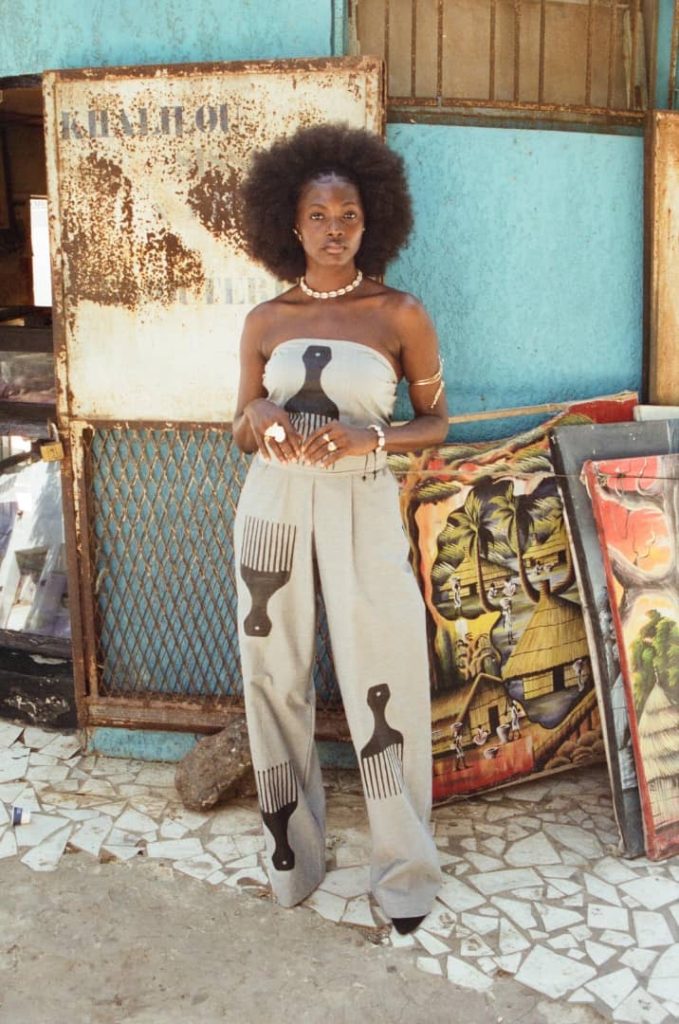
The main challenge is sometimes reconciling commercial or technical constraints with my desire to innovate and explore new ideas. For example, a client may have a very specific request that doesn’t match my initial vision. In these cases, I take it as an opportunity for creative collaboration. I find compromises by offering solutions that meet their needs while allowing me to integrate elements that are important to me, such as using recycled materials or including cultural patterns.
What role do you think fashion and artistic direction play in storytelling and conveying messages? How do you use your work to tell stories or convey themes and ideas?
I believe that fashion and artistic direction play an essential role in storytelling and conveying messages because they allow complex ideas to be translated into impactful visuals. Fashion is not just about aesthetics; it reflects identities, cultures, and values, and can be used as a powerful tool for telling stories.
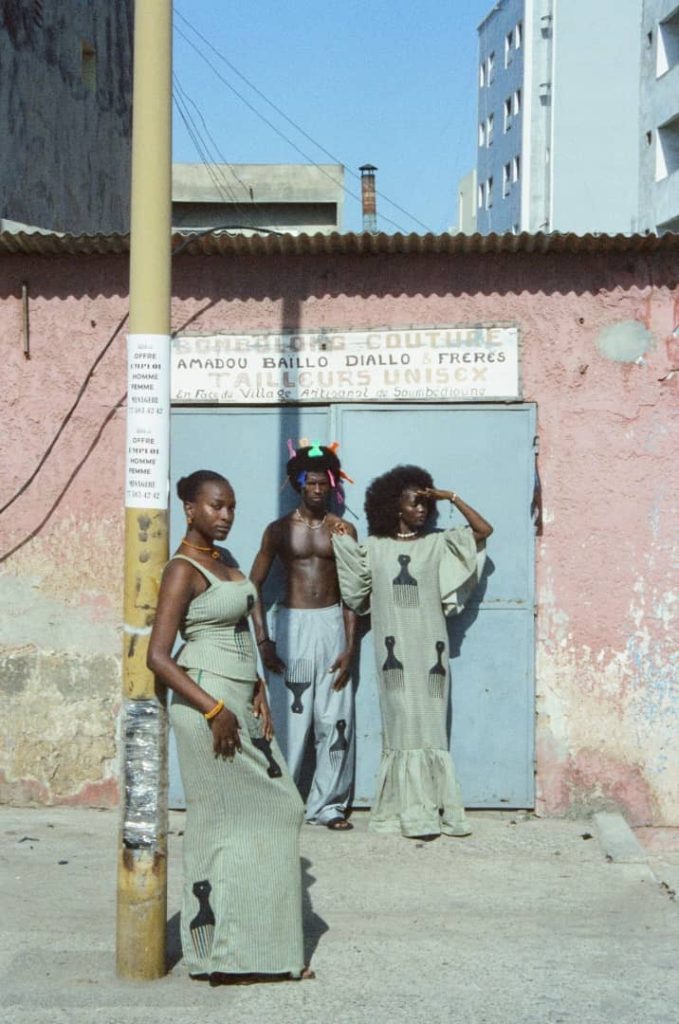
In my work, I strive to tell stories that highlight the richness of African culture while addressing contemporary themes such as sustainability, modern heritage, and open-mindedness. For example, through my recycling projects and artisanal screen printing, I convey the idea of responsible and environmentally friendly fashion. Each piece I create tells a story of transformation and reinvention while honoring traditional craftsmanship.
How do you maintain your creative edge and stay inspired? Are there any specific sources of inspiration, influences, or references that drive your work?
I keep my creativity alive by immersing myself in my environment and staying connected to my cultural roots. Local markets, crafts, and urban scenes are constant sources of inspiration. I also draw a lot of inspiration from human interactions and the stories I discover through my collaborations. Every encounter or project gives me a new perspective that enriches my work.
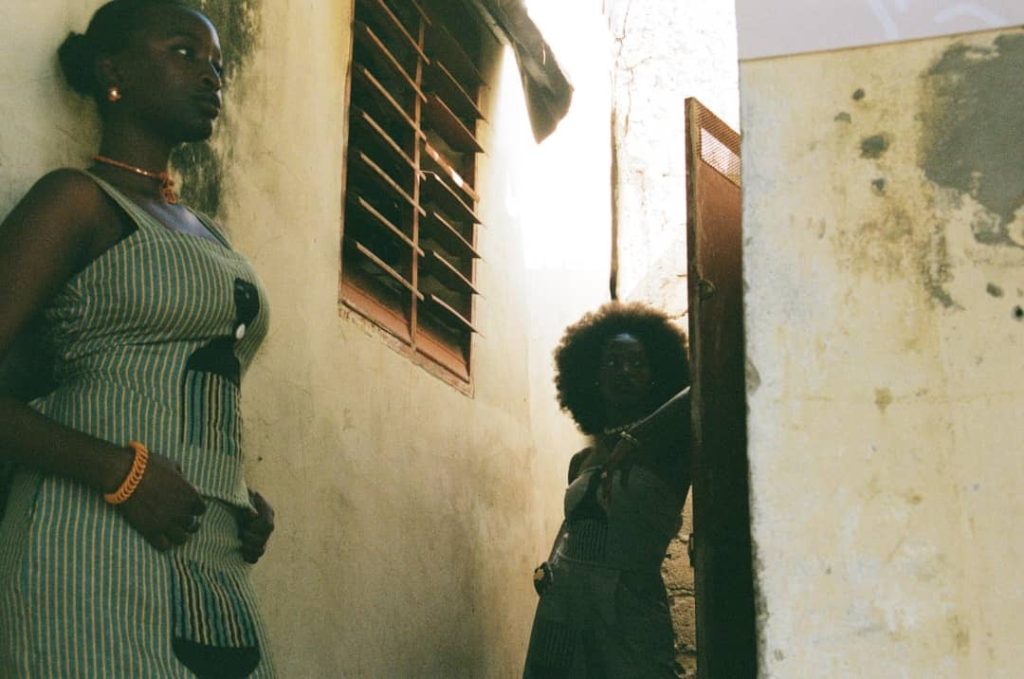
I try to stay open to all forms of art to keep my mind sharp and avoid falling into a routine. My goal is always to push boundaries and create pieces that reflect both my identity and a global vision.
Can you tell us about your experience working with different types of clients or brands? How do you adapt your approach to meet the needs of different projects or collaborations?
I strive to find a balance between my personal aesthetic and the direction the brand or client wants to take. For example, when working with brands focused on sustainability, I highlight my recycling techniques and artisanal screen printing. For more artistic projects, I try to push the limits of creativity by blending African and contemporary influences while respecting the project’s framework. My approach always relies on close collaboration and clear communication to ensure the final vision meets expectations while adding my own artistic touch.
What do you hope to achieve with your work as a stylist and artistic director, and how do you see your contributions making an impact in the industry?
As a stylist and artistic director, my main goal is to use fashion as a means to tell stories, convey ideas, and create bridges between cultures, especially through the fusion of contemporary fashion and African influences. My work with recycled materials, like the shirts I’ve printed using artisanal screen printing, also aims to encourage a more sustainable approach to fashion.
I hope to inspire a new generation of creators to see fashion not only as a means of self-expression but also as a vehicle for social and cultural change.
My experience working with different types of clients and brands has allowed me to develop great flexibility in my creative approach. I’ve collaborated with a Canadian brand, photographers, and artists, which has taught me to adapt to the varied needs of each project. Each collaboration is unique, and I take the time to fully understand the vision, values, and expectations of my partners before proposing creative ideas.
Papa Babacar Gaye’s journey from a unique dresser in Senegal to the founder of paps_wrld reflects his passion for blending African heritage with contemporary fashion.
Papa’s work aims to inspire others to use fashion as a tool for storytelling, social change, and bridging cultures. Through his creative approach, he’s leaving a lasting impact on the fashion industry.